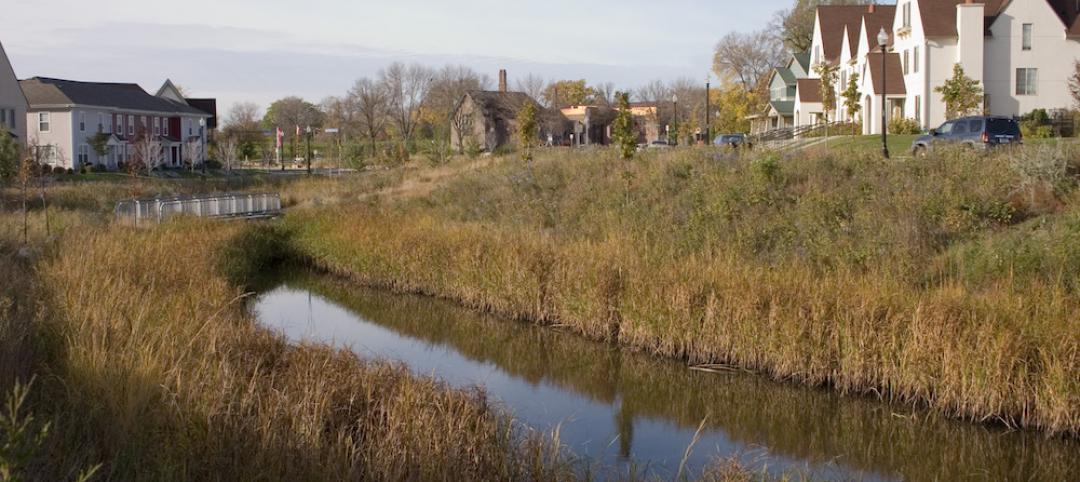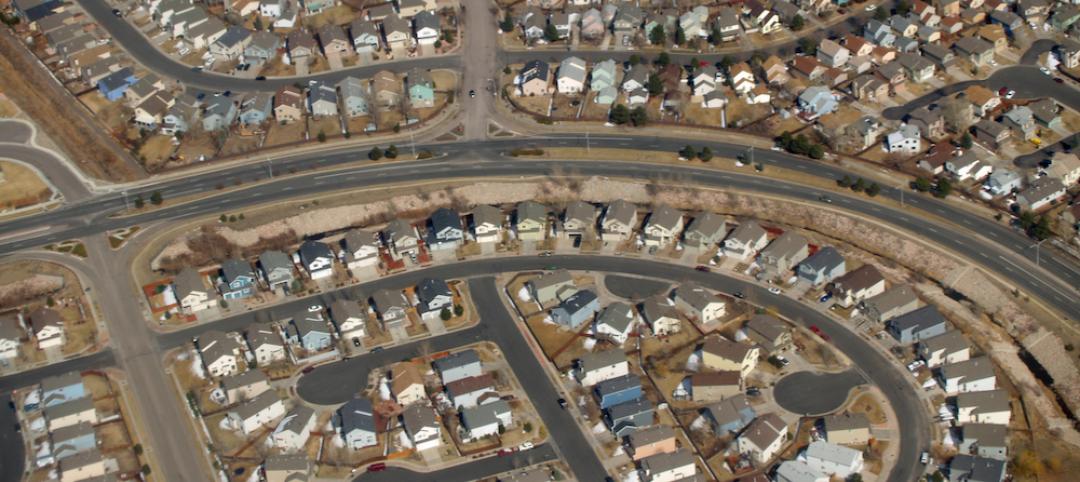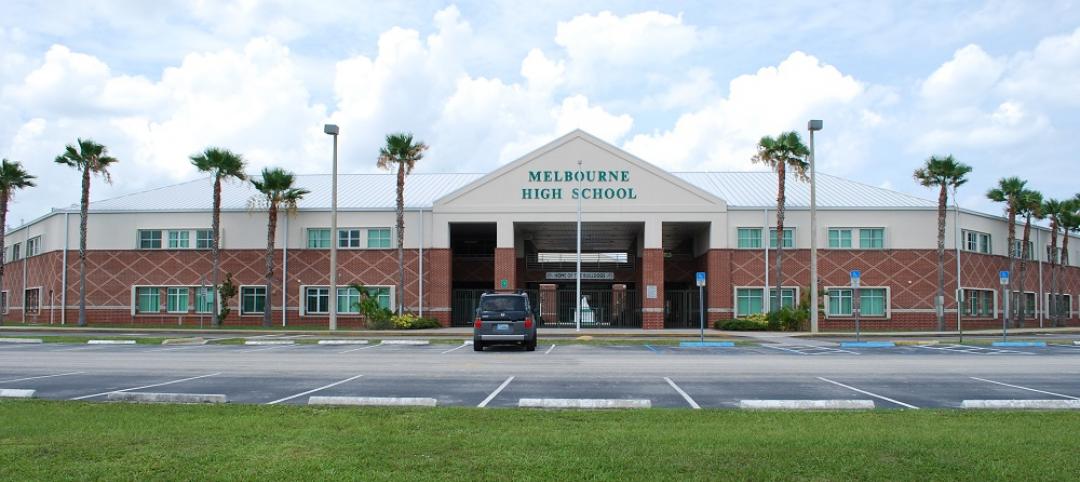The new International Building Code now allows for the use of weather-resistive barriers above 40 feet high.
Code restrictions had been designed to limit the use of combustible materials that might propagate flames. In the 2015 update, however, exceptions are allowed that recognize that in certain circumstances a weather-resistive barrier by itself would be a negligible contributor to the spread of flames.
This change should result in an energy efficiency boost in cases where builders have had to transition to less efficient methods of weather sealing above 40 feet. Weather-resistive barriers are now allowed in walls in which the water-resistive barrier is the only combustible component and the exterior wall has a fire-resistant wall covering of brick, concrete, stone, terracotta, stucco, or steel.
The material can also be used in walls in which the water-resistive barrier is the only combustible component and the water-resistive barrier has certain heat, flame spread, and smoke properties in accordance with ASTM E 1354 and ASTM E84 or UL723.
Related Stories
Codes and Standards | May 20, 2016
Industry leaders call for wider use of bamboo as a building material
Benefits include seismic resiliency and sustainability.
Codes and Standards | May 19, 2016
Asphalt roofing group publishes updated shingle installation guide
Technical manual provides best practices for roofing professionals.
Codes and Standards | May 16, 2016
EPA proposes new stormwater discharge regulations for construction sites
Would apply to sites of one or more acres.
Roofing | May 16, 2016
New guide focused on increasing energy and structural performance with raised-heel trusses
Higher trusses simplify attic ventilation, leave more space for insulation.
Codes and Standards | May 11, 2016
Current California seismic codes provide safety, resiliency, but needed upgrades present challenge
Los Angeles requires seismic retrofits, but other cities do not.
Codes and Standards | May 10, 2016
Apple spars with Cupertino, Calif., mayor over strained city infrastructure
Apple’s new ‘spaceship’ campus project prompts questions about whether the company should pay more to offset traffic woes.
Codes and Standards | May 9, 2016
Safety Stand-Down yields proposals to boost construction safety
One example: Gilbane encourages safety harnesses for all working above 6 feet.
Codes and Standards | May 9, 2016
EcoDistricts unveils sustainable neighborhood framework
Focus is on equity, resilience, and climate protection.
School Construction | May 3, 2016
Florida clamps down on school construction spending
Critics fear rules will hamper ability to build schools with desired features.
Resiliency | May 2, 2016
Connecticut to develop new code standards for resiliency
Expected more frequent severe weather events due to climate change prompts review.

















